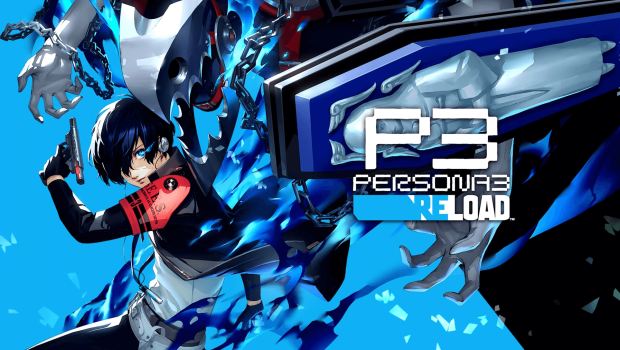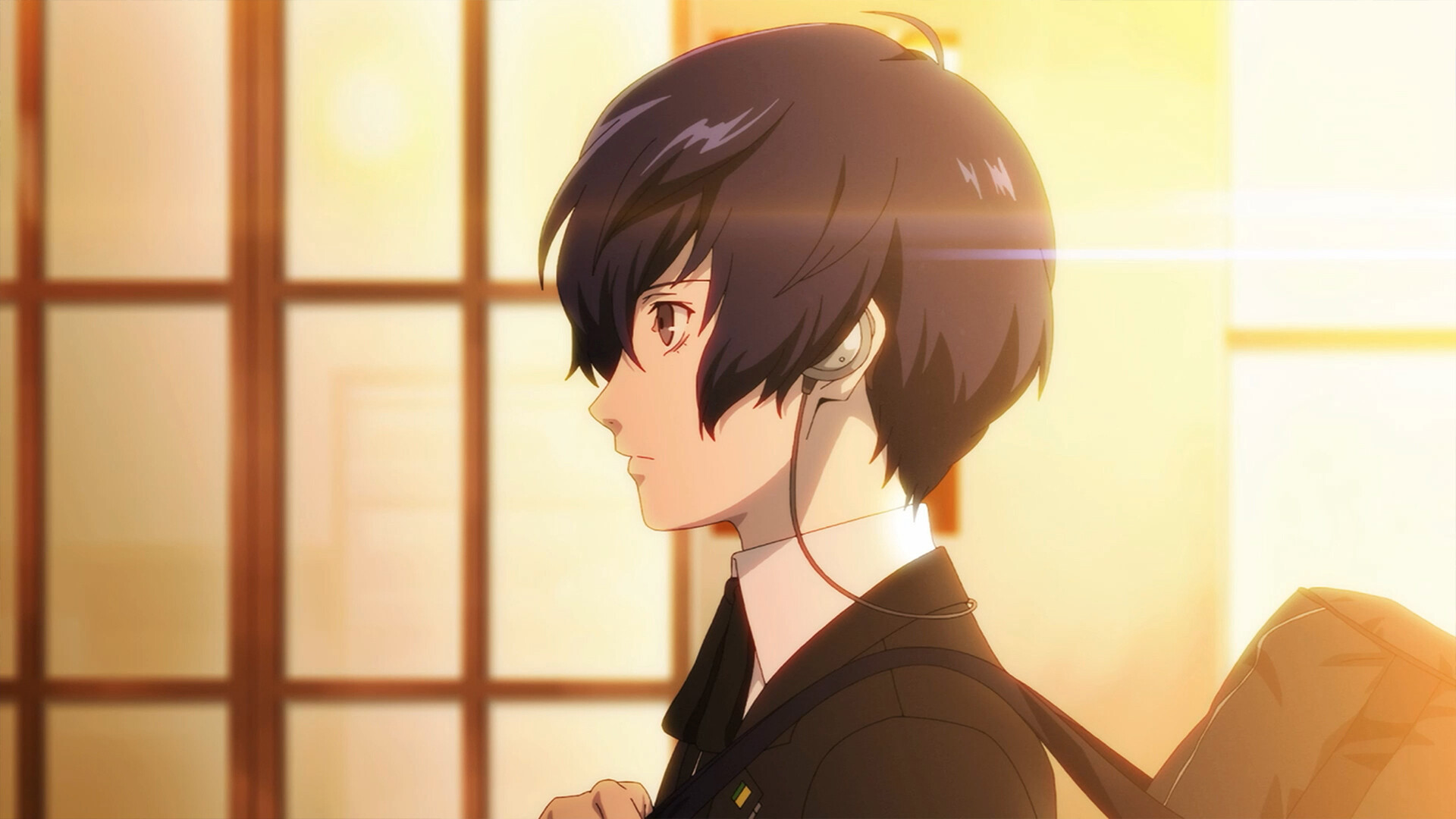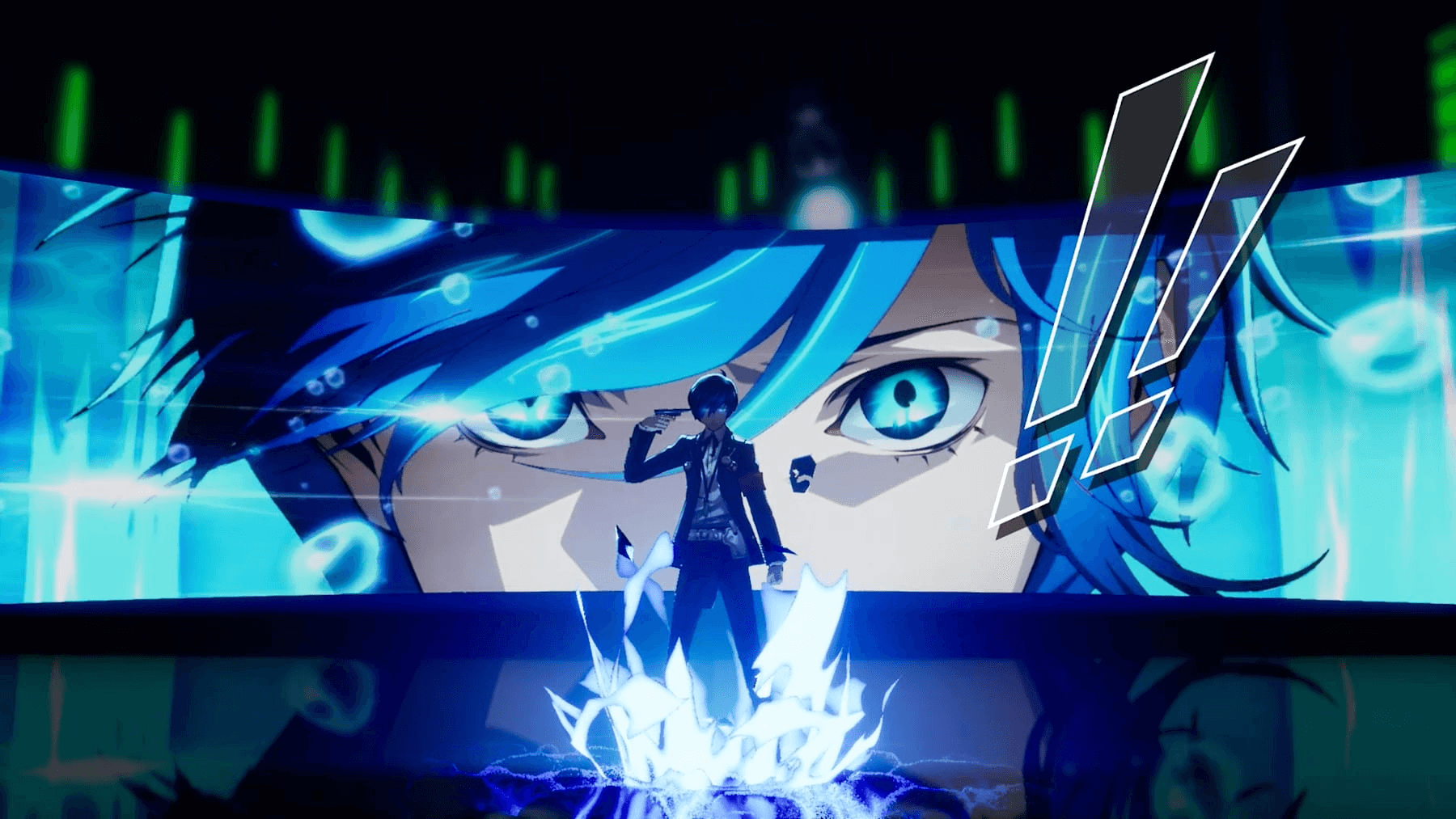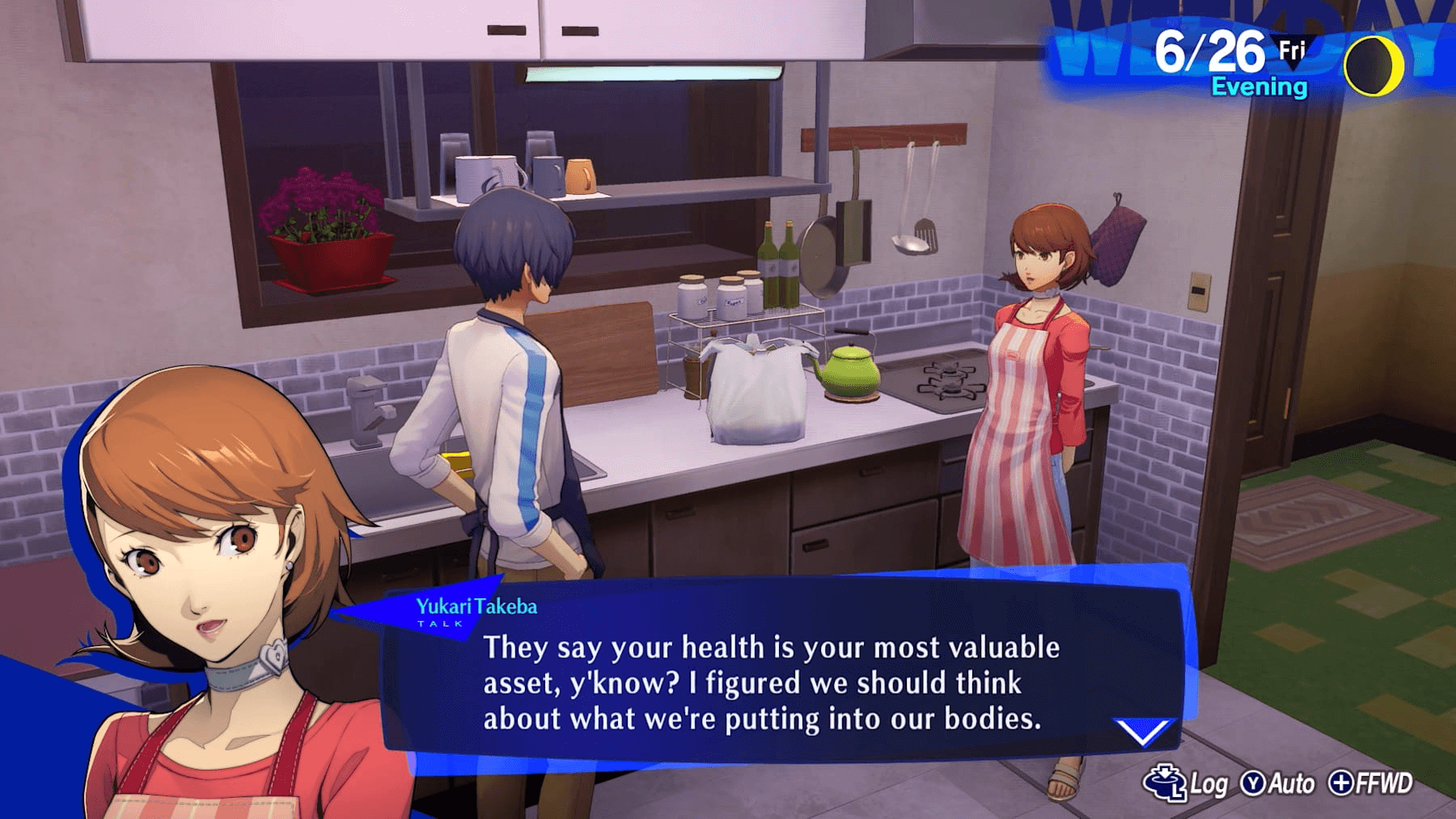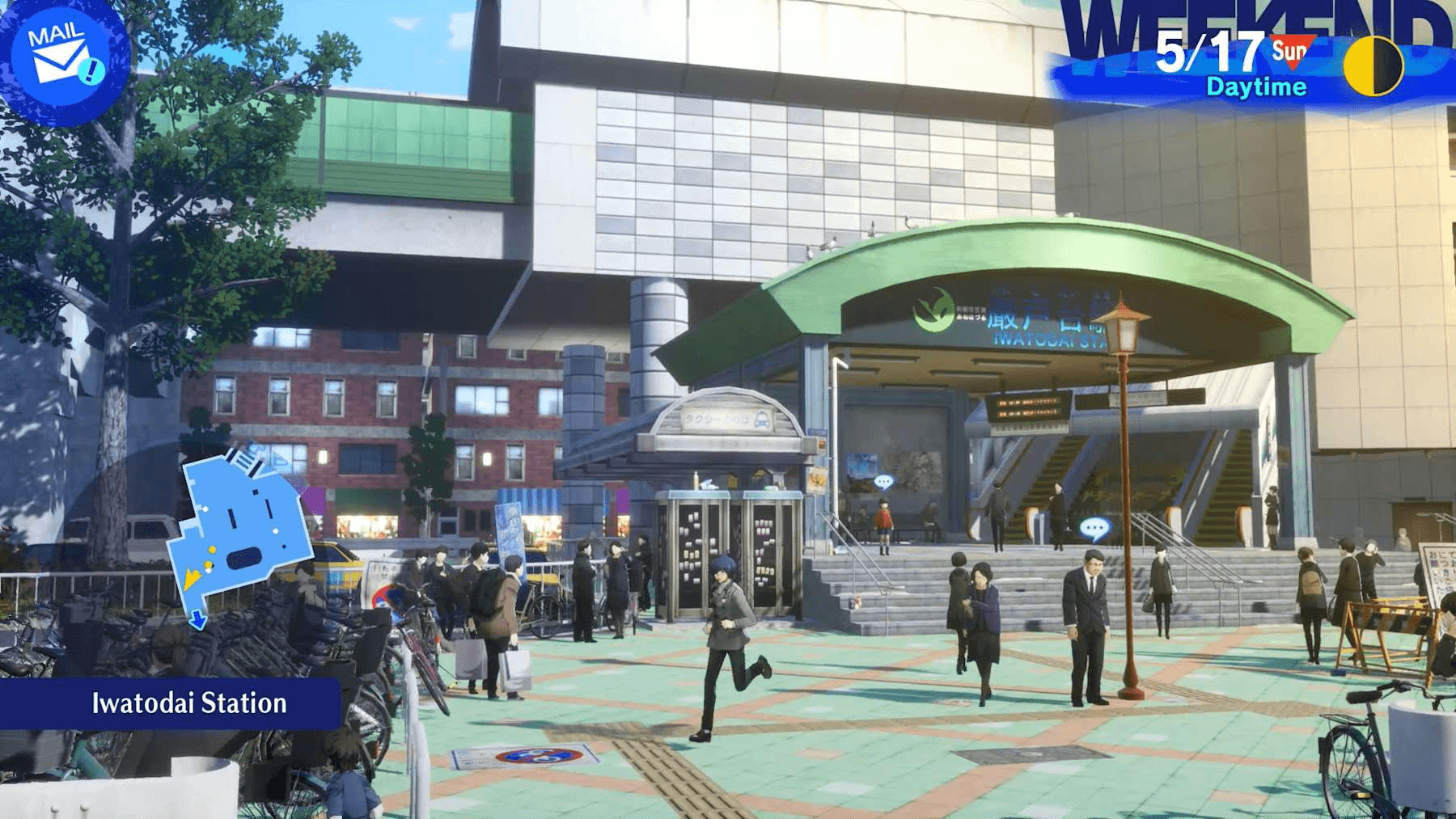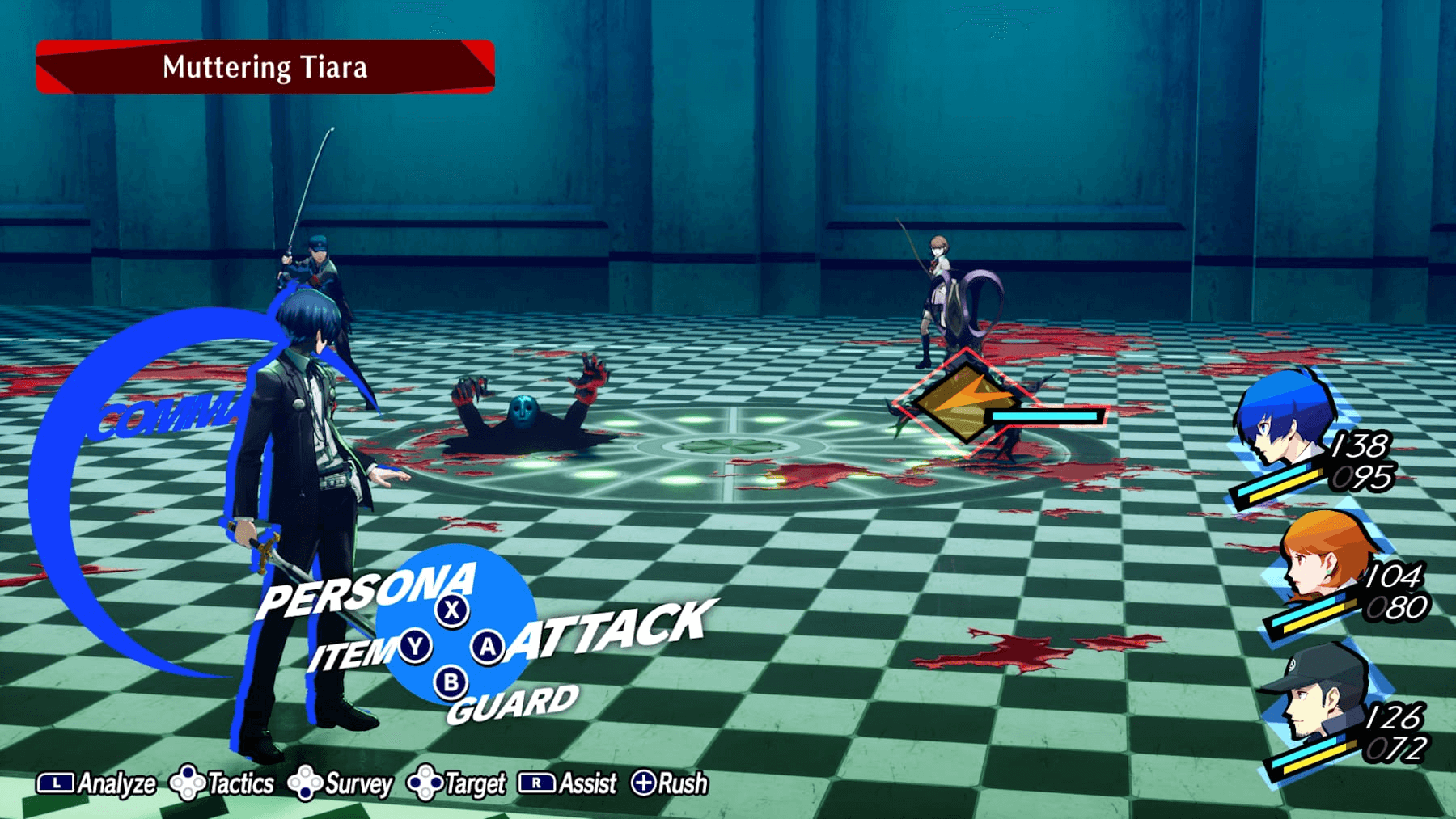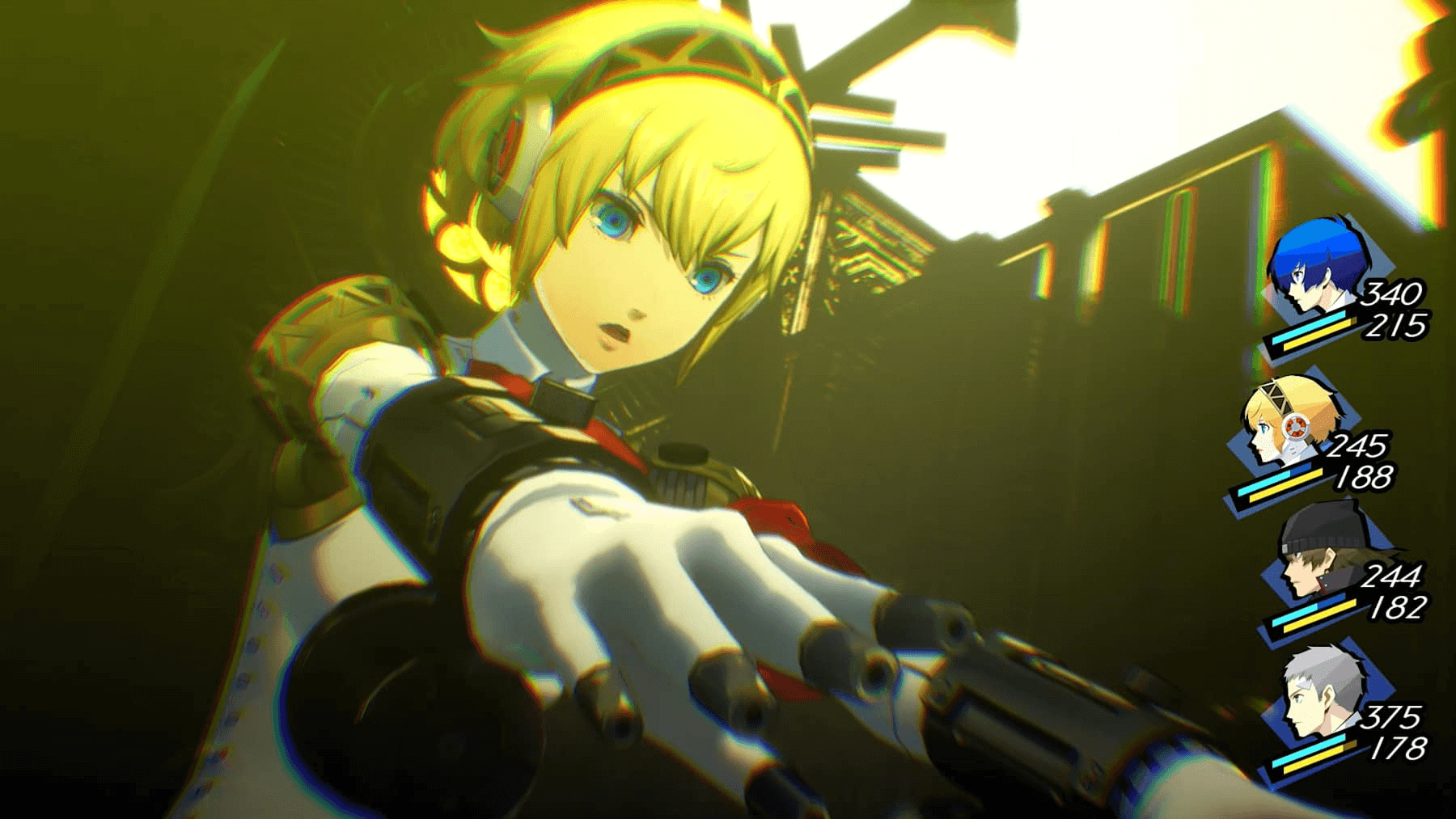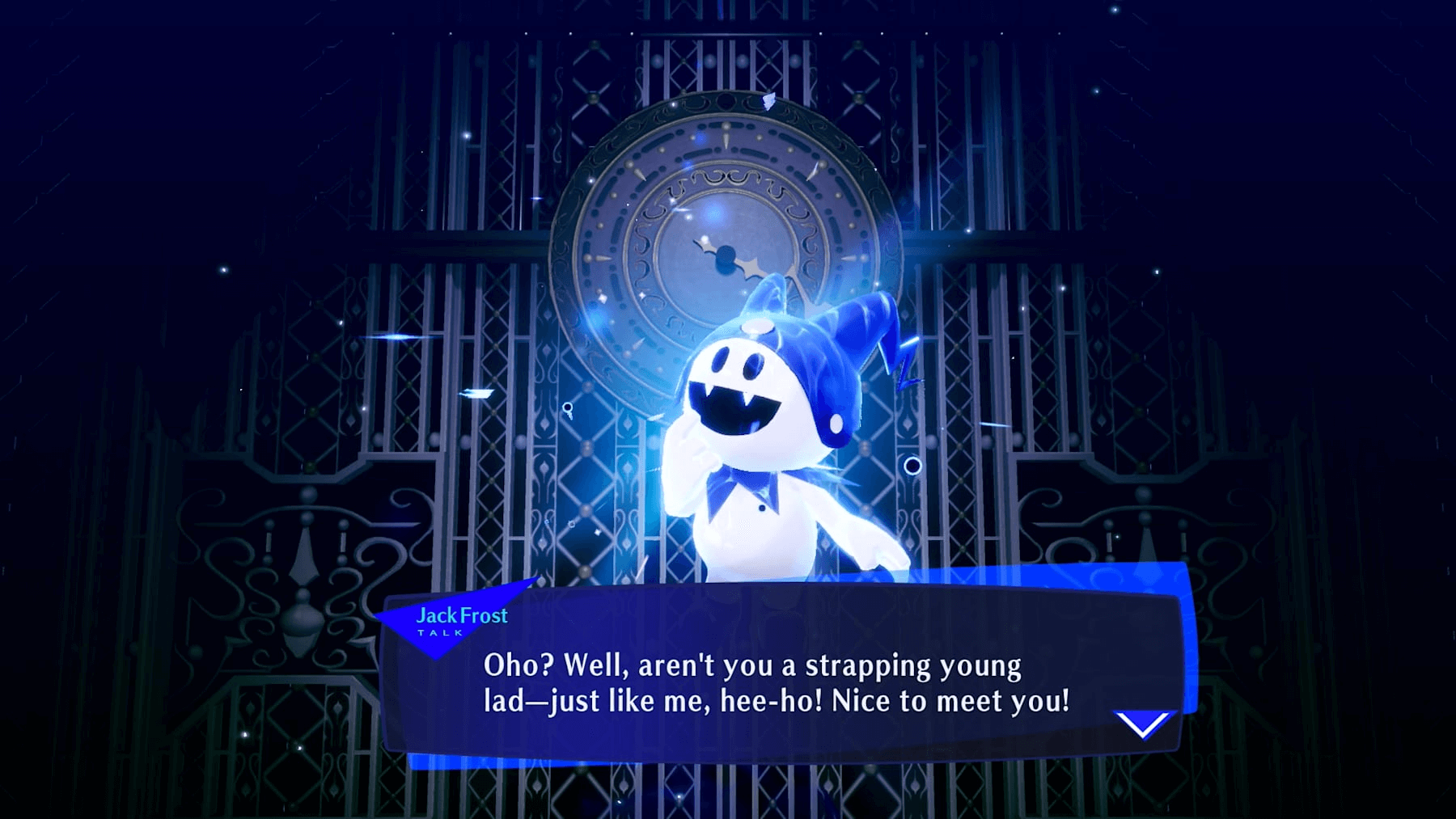Persona 3 Reload (NS2) Review
Summary: The best way to play a stone cold classic brought bang up to date.
4.5
Number one with a bullet
Persona 3 Reload is a superb remake made even better by being able to play it on the go.
After launching on PS5 and Series X last year, Atlus’s remake of the seminal RPG that codified what the Persona franchise is to this day, makes its way to the Switch 2 with a solid port that goes down like a sumptuous portion of steaming hot takoyaki on Nintendo’s new handheld.
What’s most impressive about Reload is how it manages to ride that fine line between remaining a faithful recreation (of Persona 3, the FS stuff is mostly absent) and modernizing the experience by adding a significant amount of content, including an expanded story, more side missions, and quality of life improvements to the game’s combat and level design.
Much like the recent Raidou Remaster, the presentation has also been reworked to bring it in line stylistically with Persona 5. This is no bad thing, since Persona 5 is by far the most stylish game in the series, and doing this while still leaning heavily on the Blue aesthetics of the original works like a charm.
They’ve also remixed the music and rerecorded the entire script with a new cast (In the English dub, the Japanese version retains the same cast as the original), including all the side missions. Not that the old English dub was bad necessarily, but the new one is certainly a massive improvement.
It may look modern, but the basic premise of the game is now borderline nostalgic. Taking players back to the halcyon days of 2009, when that Sony MP3 player the protagonist wears around his neck was top of the line, and social media hadn’t destroyed Western democracy.
You play as an inappropriately named transfer student at Gekkoukan High School, a seemingly ordinary academic establishment on the relatively sleepy Tatsumi Port Island.
However, it doesn’t take long for things to take a turn for the weird as our teenage protagonist is sucked into the Dark Hour, a strange dimension that rests outside of time between light and shadow, filled with nightmarish monsters that destroy the minds of anyone unfortunate enough to encounter them.
Luckily, (insert name here) is one of a small select group, including, coincidentally (honest), the other students in his dorm, that can fend off the evils of the Dark Hour by using Personas, reflections of a person’s inner selves, which they can then draw upon to cast spells and kick serious amounts of ass. Even better, John Doe here has the power to wield dozens of the things at once. Seemingly because he has no personality of his own.
There is just one slight snag: to do this, you need to shoot yourself in the head with a gun. Sorry, Evoker (the game makes great pains to tell you it isn’t actually a 9mm).
This was somewhat controversial at the time, and an aspect of the game that was also scrubbed from a lot of Reload’s Western marketing for fairly obvious reasons.
In my mind, though, the Evokers are almost a thesis statement for the whole game. It’s a wonder anyone makes it to adulthood. Being a teenager is tough. The world can be a dark, scary, and unforgiving place. Ultimately, to make that leap from adolescence to adulthood, we are all forced to kill a part of ourselves.
Our innocence is lost and not always in pleasant ways. This is something Persona 3 Reload has absolutely no problems facing head-on, and contains some seriously dark themes and plotlines at times over the course of Reload’s 100+ hour adventure.
As if blowing your metaphorical brains out wasn’t strange enough, soon our protagonist is drafted into the world’s most hardcore after-school club, aka the Specialized Extracurricular Execution Squad (SEES). Tasked with protecting the townsfolk from the shadows while exploring the 250-odd floors of Tartarus Tower. A shifting edifice packed full of monsters that appears every night during the Dark Hour (that’s 12pm.)
On top of all this, our protagonist still has a life to live. He goes to school, makes friends, joins less murderous after-school clubs, and has a part-time job. Persona 3 was the first in the series to mix slice-of-life teen drama with supernatural shenanigans, and it’s a formula that has served the series wonderfully ever since. Reload essentially takes the same fantastic side stories and optional activities that made the original so compelling and makes them even better by bringing in almost two decades’ worth of quality-of-life improvements to make the two parts of the experience absolutely shine.
Every activity you take part in outside of the dungeon crawling boosts your three key stats; Academics, Charm, and Confidence. These, in turn, help you to pass tests and get to know more of your fellow students and people in the town. These ‘Social Links,’ formed by spending time with your new friends, strengthen different types of Personas and help you create new, more powerful creatures to help you battle your way to the top of Tartarus Tower.
The other benefit to all this is that the side stories that accompany each Social link are absolutely enthralling, and you’ll want to explore every last one you can find. There’s your friend who’s hot for teacher and wants your help over several dozen bowls of Ramen, the track star with a bum knee that needs you to keep it secret, the absolutely devastating tale of the elderly bookshop owner with dementia, and many more besides.
I found myself seeking out new Social Links as much as I could just to see what was going to happen next.
Although you do still need to effectively manage your time between social links, building up your stats and defending the town from shadows (especially if you want to take in as much as possible in your first playthrough), this is made infinitely easier by the fact that Reload is more forgiving with the time you have, allowing you to rewind if you made a mistake or want to try something else. It also doesn’t insist that you date every female classmate you happen to chat to (Though you still can if you want, but there may be repercussions for trying to date every girl in your class).
The cast also remains extremely likable, even more so thanks to every part of the game now featuring full voice acting, and also being slightly reworked and expanded, so you get to know them even better. They may all be anime archetypes: Kirijo is the highly strung senior, Sanada, the hot-head obsessed with getting stronger, Iori is a goofy slacker, and Takeba is the slightly troubled girl next door with a heart of gold, but much like the kids in the Breakfast Club, there is far more to each of them than what society thinks of them.
When you’re not tiptoeing through the minefield of teenage life, you’ll battle your way up the tower of Tartarus. A series of more than 200 procedurally generated floors broken into thematically different areas that get increasingly more difficult as you climb the tower and battle a series of mini bosses spread throughout the dungeon.
Each area is also gated off by story progression, with more of the tower becoming accessible as the year progresses.
In the original, Tartarus could get quite repetitive at times, and it was more difficult to make significant progress because the party could get fatigued. Thankfully, this mechanic has been axed in Reload, and even better, you can now dash, so coming back for a little grinding or avoiding unwanted attention is less taxing, and you can easily get to the maximum floor allowed by the story in a single night. This lets you get back to the important business of trying to find a girlfriend and working part-time in the coffee shop.
The only problem is that you need to grind out a few levels in Tartarus between each full moon, or the game’s main boss battles become very tricky. Though it is worthwhile to return to the tower, other than for grinding some more levels, thanks to floors occasionally containing decent loot and side missions that see you rescue civilians that have been trapped in the tower.
The Shadows that you confront in Tartarus are varied in both look and type, with you occasionally facing stronger grunts, which provide more of a challenge and more XP for cracking their skulls, as well as rare monsters that scarper as soon as they see you, but if you can best them in a battle will give you some decent rewards.
The minibosses are also tough but fair, and usually require some clever thinking to get past rather than pure brute force.
Combat itself has been brought in line with Persona 5, adding the baton pass mechanic (now called Switch), it’s much snappier and slicker than previously. The UI is gorgeous, and you can have as much or as little control over your party as you like.
It also retains the same Weakness system that makes all Shin Megami Tensei games so much fun. You get bonus attacks for exploiting enemies’ elemental weaknesses and knocking them to the floor. If you can knock down all the enemies, the party will do a powerful all-out attack, which sees them rush the enemy in a cloud of dust like something out of the Beano.
The other major addition to Persona 3 Reload’s turn-based battles is the introduction of the Theurgy Gauge. Essentially, a limit break meter that fills up quicker if your party members perform specific actions based on their personalities, and lets you unleash a powerful elemental attack when it’s full.
The presentation is absolutely lovely, too. Battles are bombastic affairs with plenty of colour and flair. Watching the members of SEEs summon personas with their envokers always feels weighty, and the Theurgy attacks in particular are an absolute treat for the senses.
Graphically, it’s far superior, but you’d be miffed if it wasn’t. The environments are far more detailed, and the character models now better resemble their original concept art, though that too has also had a rework. With characters all receiving a revamp that puts them more in line with the modern look of the series. The visual novel scenes are also animated now, rather than just being static images, with every scene receiving full voice acting. It’s a little change, but an impactful one that makes conversations and the social side of the game even more engaging.
Persona 3 Reload on Switch 2 mostly sticks the landing from a technical perspective, too. It’s never going to look as good as it does on the PS5 or Series X, but it’s not far off, and runs at a consistent frame rate both in docked ( at 60fps) and handheld (at 30fps). Welcome news for those who have played the demo, which could be quite choppy at times.
One word of warning for when you’re playing in handheld mode, though. Don’t let the console’s battery die, or you can lose all your progress. I found this out the hard way. Grinding up those levels in Tartarus, fusing all them shiny new Personas, and then seeing them wiped out in an instant isn’t fun, I can tell you that. Why the game doesn’t autosave at all in this day and age is absolutely beyond me.
The other thing that slightly irked me is that it’s not a complete edition. You still have to pay extra for The Answer DLC, and if you’re thinking about buying it physically, you may as well not bother, since it’s another Game key release.
Final Thoughts
Persona 3 Reload is a superb remake of a cult classic that successfully treads the line between faithful recreation and modernisation.
Its gorgeous visual overhaul, much improved audio presentation, and myriad quality of life improvements easily make it the best way to play an RPG that is just as relevant today as it was in the early noughts. In some ways even more so..


